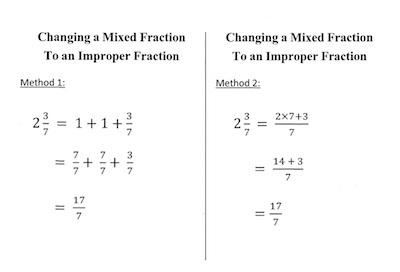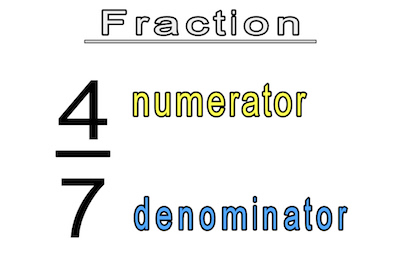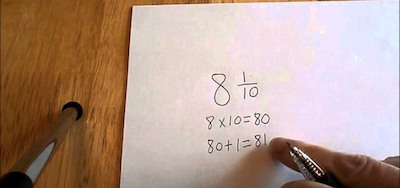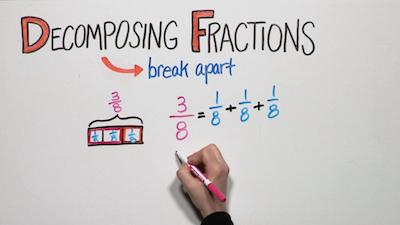The truth is that fractions are the foundation of other math skills. So, it is crucial that you understand what fractions are and how you can use it.
Discover everything you need to know about fractions.

One of the first things that you learn about fractions is that there are different types of fractions. Nevertheless, this isn’t an exhaustive list of all the different types of fractions. So, today, we wanted to ensure that you know that there are 7 different types of fractions. Let’s take a quick look at each one of them.
Understanding The 7 Different Types Of Fractions
As you probably already know, fractions are very useful and handy for a wide range of jobs especially for technical and medical professions. So, let’s take a look at the 7 different types of fractions:
#1: Decimal Fractions:
Decimal fractions are simply fractions that consist of a whole number a decimal fraction.
In case you don’t know or don’t remember, a decimal fraction is a fraction which denominator has been divided into the numerator. So, simply put, these are the fractions that have a denominator in the power of ten and whose numerator is expressed by placing figures to the right of the decimal point. Notice that they also include periodicals which means there is a sequence of digits behind the period or the decimal point, that is endlessly repeated. Some examples include:
1/3 = 0.33333 …
1/7 = 0.142857142857 …
Why should you learn fractions?
#2: Equivalent Fractions:
Equivalent fractions are fractions that have the same value as each other. So, for example, 9/12 is equal to 3/4. So, we can say that these fractions are equivalent. After all, and even though they look different, they have the same value.
Discover more about equivalent fractions.
#3: Improper Fractions:

Improper fractions always have a numerator that is bigger than the denominator. So, as you can easily see, improper fractions are always greater than 1.
One of the things that you need to keep in mind about improper fractions is that they can be rearranged as a mixed number. For example, 1 7/8 can become 15/8.
#4: Mixed Fractions:

When you are looking at a mixed fraction, you will see a fraction that is written after a whole number.
Learn more about mixed fractions.
#5: Proper Fraction:
Proper fractions are the most common type of fractions. These include fractions that are smaller than 1 but are always greater than 0.
#6: Simple Fractions:

Another type of fractions is called simple fractions. Simply put, a simple fraction includes 3 parts – the numerator or the top number, the denominator or the bottom number, and a division sign. These fractions always have integers as the numerator and the denominator.
Notice that simple fractions can be divided into two different categories:
- Irregular, which are the fractions that have a denominator smaller than the numerator.
- Regular, which are fractions that have a numerator smaller than the denominator.
Discover how to teach fractions to your kids.
#7: Unit Fractions:
Unit fractions are fractions that have the number 1 as the numerator and a whole integer as the denominator. Some examples include 1/10, 1/3, 1/25, and 1/100.





